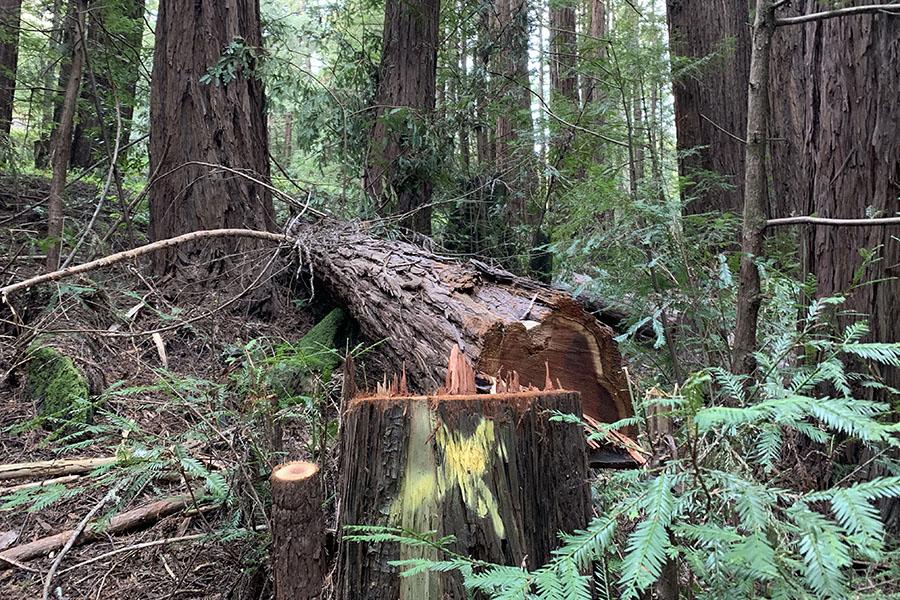Pacific Gas and Electric contractors have been trimming and removing trees at an unprecedented scale in West Marin, but the work to clear vegetation . . .
Cool welcome for PG&E trimmers


Pacific Gas and Electric contractors have been trimming and removing trees at an unprecedented scale in West Marin, but the work to clear vegetation . . .